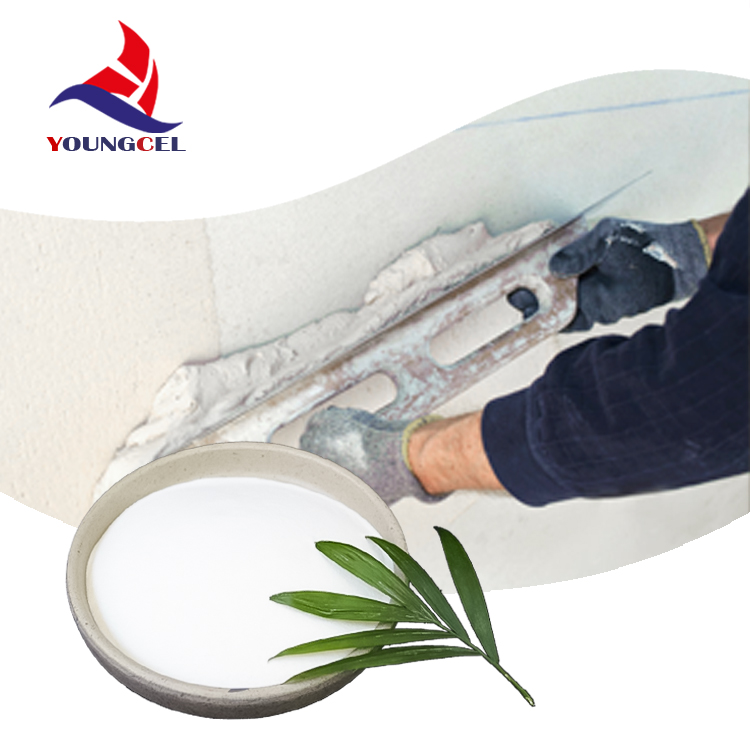The Role of Cellulose Ether in Chemical Adhesives
Cellulose ethers are a family of chemical compounds derived from cellulose, a natural polymer found in plant cell walls. These ethers have gained significant popularity in various industrial applications, particularly in the formulation of chemical adhesives. This article explores the properties of cellulose ethers, their role in adhesive formulations, and their advantages in bonding materials.
What are Cellulose Ethers?
Cellulose ethers are produced by chemically modifying cellulose through a process called etherification. This process replaces the hydroxyl (-OH) groups in cellulose with ether groups (-O-R) where R can be a hydrocarbon chain. Common types of cellulose ethers include methyl cellulose (MC), hydroxypropyl cellulose (HPC), hydroxyethyl cellulose (HEC), and carboxymethyl cellulose (CMC). These compounds are characterized by their ability to dissolve in water and form viscous solutions, making them ideal for a variety of applications, including adhesives.
Properties of Cellulose Ethers
The versatility of cellulose ethers lies in their physical and chemical properties. They exhibit the following characteristics
1. Water Solubility Certain cellulose ethers are soluble in water, which enables the formulation of water-based adhesives. This property makes them easy to apply and environmentally friendly, as they often contain fewer volatile organic compounds (VOCs) compared to solvent-based adhesives.
2. Thickening Agent Cellulose ethers can serve as effective thickening agents. This capability allows formulators to achieve the desired viscosity and workability in adhesive formulations.
3. Film Forming Upon drying, cellulose ethers form a flexible film that aids in enhancing the adhesion between surfaces. This film can also contribute to the durability and longevity of the bond, making it resistant to various environmental factors.
4. Biocompatibility As natural derivatives, cellulose ethers are generally non-toxic and biocompatible, which is particularly important in applications related to food packaging, pharmaceuticals, and personal care products.
Role in Chemical Adhesives
In adhesive formulations, cellulose ethers serve as crucial components that contribute to the performance and functionality of the adhesive
. Their main roles includecellulose ether chemical adhesive

1. Improving Adhesion By enhancing the wetting properties of adhesive formulations, cellulose ethers improve the adhesion to various substrates, including porous and non-porous materials. This ensures that the adhesive can bond effectively, delivering higher performance in applications.
2. Controlling Open Time The use of cellulose ethers can help manage the open time of adhesives – the period during which the adhesive remains tacky and can bond with surfaces. This feature is essential for applications requiring precise alignment and positioning before setting.
3. Stability and Shelf Life Cellulose ethers contribute to the stability of adhesive formulations, preventing phase separation and ensuring a uniform product over extended storage periods. This stability enhances the shelf life of the adhesives, making them reliable for consumer and industrial use.
4. Modifying Rheology By adjusting the viscosity and flow properties of adhesives, cellulose ethers can optimize application techniques and ensure even distribution over surfaces, which is vital for achieving consistent bonding results.
Advantages of Using Cellulose Ethers
Adhesives formulated with cellulose ethers exhibit several advantages
1. Environmental Friendliness Water-based adhesives utilizing cellulose ethers are less harmful to the environment than traditional solvent-based formulations. This eco-friendliness aligns with growing regulatory pressures and consumer preferences for sustainable products.
2. Versatility The vast array of cellulose ethers available allows formulators to customize adhesive properties to meet specific application requirements, from construction to textiles to paper bonding.
3. Cost-Effectiveness Cellulose ethers are relatively inexpensive and readily available, making them an economical choice for manufacturers seeking high-performance adhesives without significantly increasing production costs.
Conclusion
Cellulose ethers play a vital role in the formulation of chemical adhesives due to their unique properties and functional benefits. As industries continue to seek sustainable and effective bonding solutions, the incorporation of cellulose ethers in adhesive formulations is likely to grow. Emphasizing environmental responsibility and adaptability, cellulose ethers not only enhance the performance of adhesives but also contribute to a greener future in adhesive technology.
-
The Application and Significance of Construction RdpNewsMay.19,2025
-
Industrial Grade HpmcNewsMay.19,2025
-
Building Coating Adhesive Building Coating Adhesive HpmcNewsMay.19,2025
-
Application Of Hpmc For Detergent For Detergent In DetergentsNewsMay.19,2025
-
Application Of Hpmc Cellulose In Cement-Based MaterialsNewsMay.19,2025
-
Application Of High Quality Hpmc For Construction In The Field Of ConstructionNewsMay.19,2025




